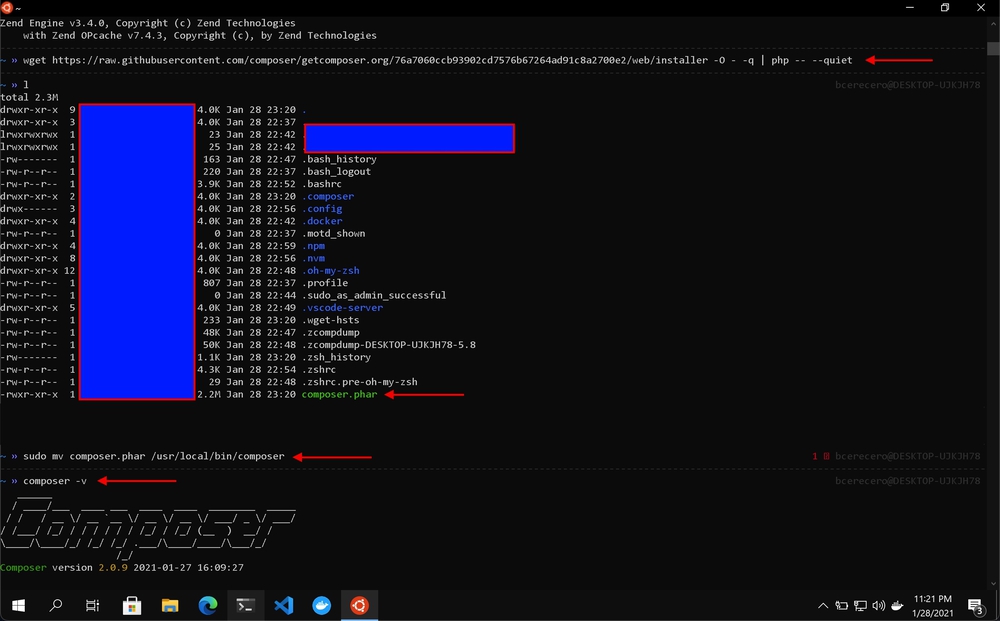

ForĮxample, to merge an unknown number of GIF images into a single animation, multifile Like -nextfile, but read as many GIF images as Out.gif" and write the three GIF images, in sequence, to With three frames with different delays, you might run This option can help scriptsĪvoid the need for temporary files. Read a new image from the file each time. If aįilename appears multiple times on the command line, gifsicle will nextfile Allow input files to contain multiple concatenated GIF images. Useful if you are processing large GIFs on a computer without very much conserve-memory Conserve memory usage at the expense of processing time. careful option if you are having problems with a The correct, minimal GIFs that Gifsicle produces. Some Java and Internet Explorer versions cannot display careful Write slightly larger GIFs that avoid bugs in some other GIF version Print the version number and some short non-warranty information and exit. no-ignore-errors Exit with status 1 when encountering a very erroneous GIF. V Print progress information (files read and written) to standard error. sinfo Like -info, but also print information aboutįile Send output to file. xinfo Like -info, but also print any unrecognized GIF cinfo Like -info, but also print information about input Information is printed to standard error, and normal output takes place as Option suppresses normal output, and cannot be combined with mode options Output, or whatever file you specify with -o. I Print a human-readable description of each input GIF to the standard General options control the information gifsicle prints and explode-by-name, -E Same as -explode, but write any named frames to Specified with ‘ -output’) and the numeric extension Where ‘xxx’ is the name of the input file (or whatever you The output GIFsĪre named ‘xxx.000’, ‘xxx.001’, and so on, e Create an output GIF for each frame of each input file. (GIFs read from the standard input are written to the standard b Modify each GIF input in place by reading and writing to the sameįilename. m Combine all GIF inputs into one file with multiple frames and write thatįile to the standard output. There can be at most one, and it must precede any GIF inputs. Mode options tell gifsicle what kind of output to generate. ‘ -no-option’, which turns off the option. You can combine short options if they don't take arguments:īut be careful with options that do take arguments: Some options also have a short form, ‘ -X’. Whole long descriptive name, just enough to make it unambiguous. Gifsicle exits with status 0 if there were no errors and No GIF input file is given, or you give the special filename Gifsicle reads and processes GIF input files in order. Kind of option, start with a number sign (#).
#Using gifsicle on windows plus
Most options start with a dash (-) or plus (+) frame selections, a Gifsicle's command line consists of GIF input files and Transformations cropping -crop, -crop-transparency flipping -flip-* resizing -resize, -scale rotating -rotate-* Grayscale -use-colormap Interlacing -interlace Positioningįrames -position Screen, logical -logical-screen Selectingįrames frame selections (like '#0') Transparency -transparent Warnings -no-warnings COMMAND LINE transform-colormap reducing number -colors, -dither, -gamma Comments -comment Extensions -extension, -app-extension, -extension-info File size -optimize, -unoptimize, -colors, disposal -disposal looping -loopcount portions of frame selections smaller -optimize, -colors, -lossy speed -delay Bad output -careful BackgroundĬhanging -change-color, -use-colormap, -dither, CONCEPT INDEXĬoncepts are on the left, relevant gifsicle options are onĬhanging frame selections, frame changes, etc. New users may want to skip to the Examples section at the end.


 0 kommentar(er)
0 kommentar(er)
